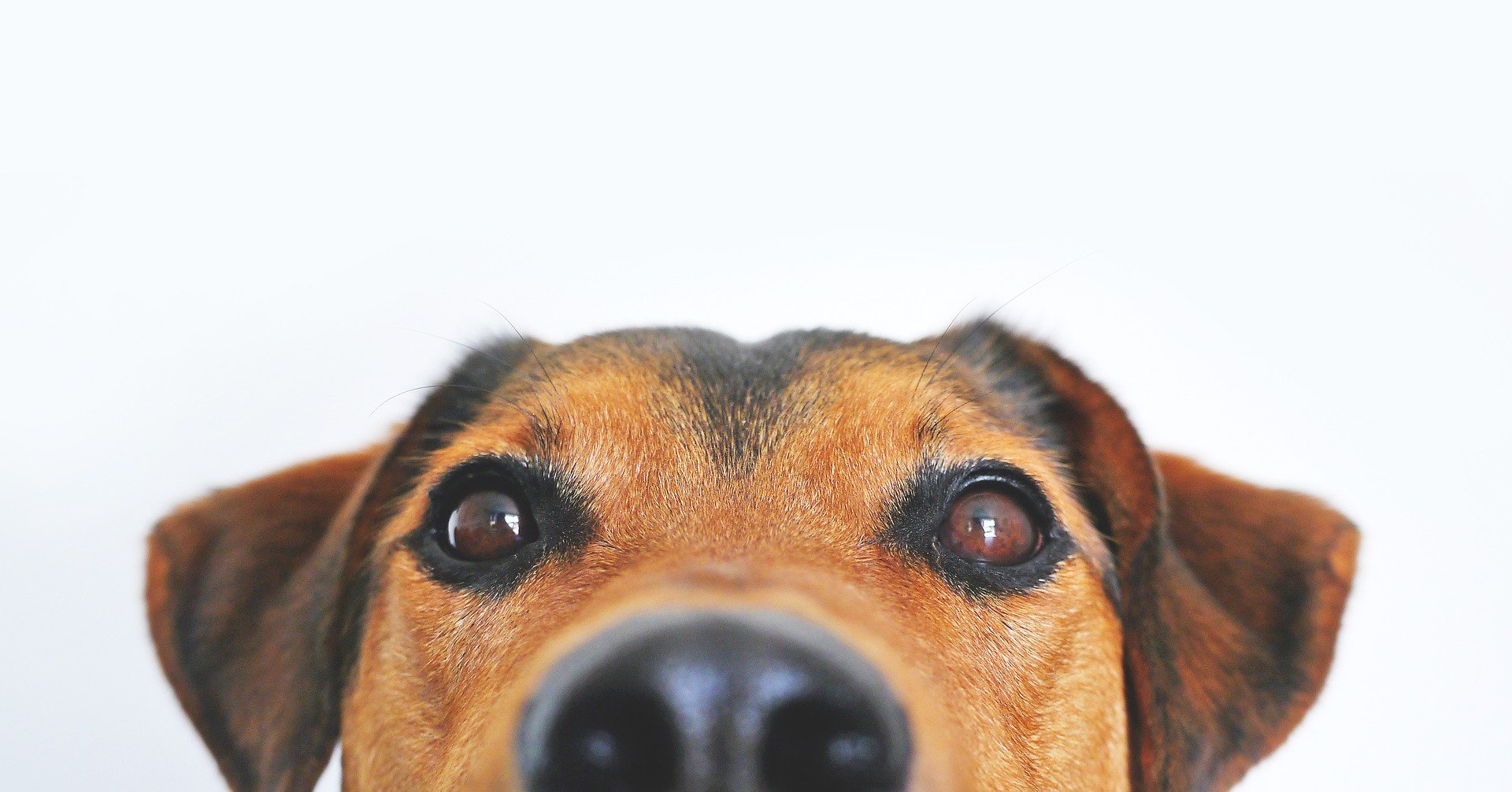Originally posted by Ivona Svobodová &Kamal Mezian
Pages 587-598 | Published online: 19 Sep 2018
ABSTRACT
Developmental dysphasia (DD) is a disorder resulting in a communication impairment. Children diagnosed with this condition are usually referred to a speech therapist. Further to conventional speech therapy it is possible to adopt a complementary animal-assisted approach. For the present study, we assembled a cohort comprising 69 children diagnosed with DD. The children in the experimental group (n = 31; 21 male, 10 female) ranged from 4 to 7 years (M = 5.53 years, SD = 0.81 years). The control group was comprised of children (n = 38; 31 male, 7 female) aged from 4 to 6 years (M = 4.85 years, SD = 0.51 years). While the latter received traditional speech therapy, the experimental group experienced sessions enhanced by animal-assistance therapy (AAT) with a dog present for co-therapy purposes. As primary outcome measures, the Kwint-Stambak (KS) test was adopted (for assessing facial motricity), together with the Bruininks-Oseretsky (BO) test (for evaluating motor proficiency). Both of these revealed statistically significant improvement in some primary outcome measures for the experimental group over the control group. Regarding narrowing and shutting of the eyes, as well as filling up the cheeks with air and smiling (as measured by the KS test), the experimental group did significantly better than the control group. The inclusion of dogs in such therapy increased the chances of success in certain abilities, when assessed by the KS and BO tests (odds ratios for success: 1.6 and 2.0, respectively), compared with the control group. Canine-assisted speech therapy may be a valuable tool for enhancing the effect of speech therapy on children with DD, and we speculate that the reason for this relates to the nature of communication between children and companion animals.

